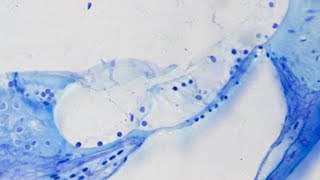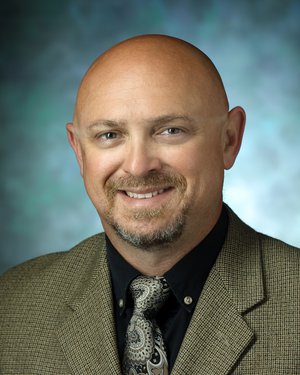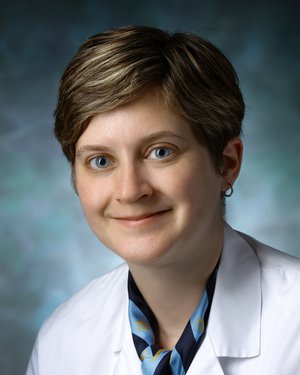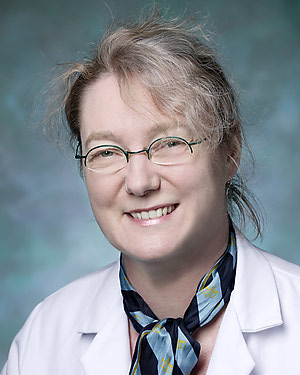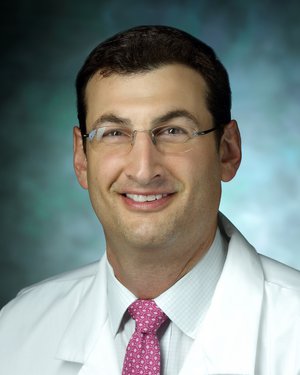Research and Clinical Trials
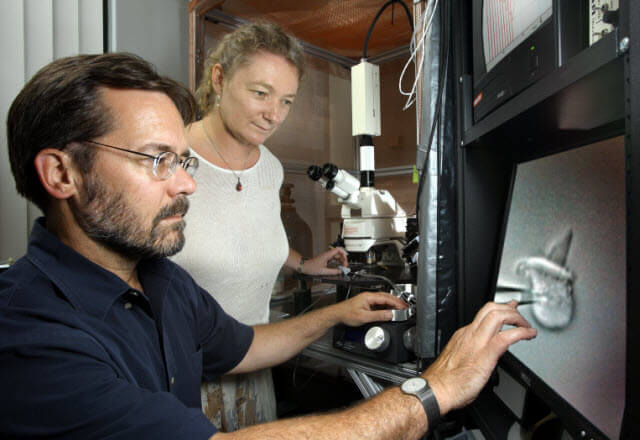
The experts in the Department of Otolaryngology-Head and Neck Surgery have dedicated themselves to advancing their field through thoughtful and groundbreaking research. Each of our eight research groups works diligently to constantly learn more about their topic and educated the medical community about their findings.
Clinical Trials
The following clinical trials are currently being offered by the Department of Otolaryngology-Head and Neck Surgery.
Has hearing research gone batty?
Hearing researcher Amanda Lauer – whose work is supported through the David M. Rubenstein Hearing Center – explains how she uses electron microscopy to examine synaptic and nanoscale structures. She collaborates with the Comparative Neural Systems and Behavior Laboratory, aka the Bat Lab, run by Krieger's Cynthia Moss, because bats are hearing specialists, using echolocation to survive.
Research Labs
Cochlear Neurotransmission Group
Laboratory of Vestibular NeuroAdaptation
Head and Neck Cancer Clinical Trials and Tissue Bank

Principal Investigator
Department
Machine Biointerface Lab
Vestibular NeuroEngineering Lab
Andrew Lane Lab
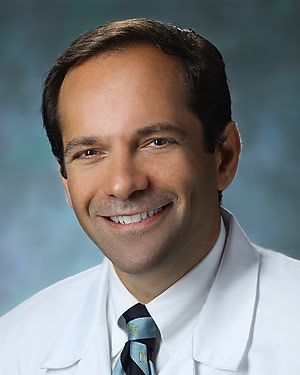
Auditory Brainstem Laboratory
Cochlear Center for Hearing and Public Health
Glowatzki Lab
Ocular Motor Physiology Laboratory
Systems Neurobiology Laboratory

Zack Wang Lab


